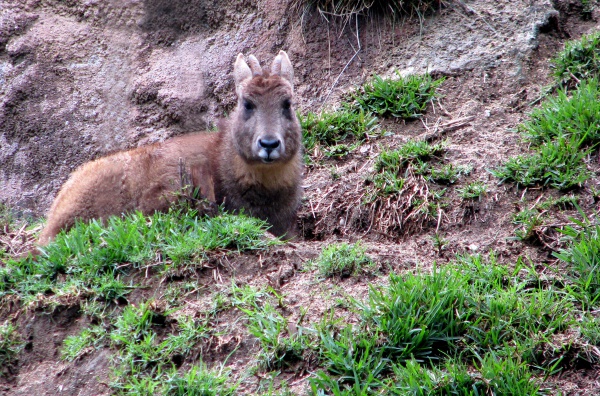Facts About Himalayan goral
The Himalayan goral is a captivating bovid species that inhabits the majestic Himalayas. Regrettably, it is classified as Near Threatened on the IUCN Red List due to declining populations caused by habitat loss and hunting for meat.
These animals measure approximately 95 to 130 cm in length and weigh between 35 and 42 kg. They possess a gray coat adorned with distinctive markings, and both males and females sport backward-curving horns. Found in the forests of the Himalayas, they inhabit regions in Bhutan, India, Nepal, Tibet, and possibly Myanmar, living at elevations ranging from 900 to 4,000 meters.
Himalayan gorals typically congregate in small groups or pairs and are most active during the early morning and late evening. They are remarkably agile and blend seamlessly into their surroundings, making them difficult to spot. Their diet predominantly comprises leaves and grasses, and they must remain vigilant against various predators. These animals can live up to 14-15 years, and females usually give birth to a single offspring after a gestation period of 170-218 days.
Unfortunately, the species is at risk across all countries within its range and is listed in CITES Appendix I for conservation. In Pakistan, there are only about 370 to 1,017 grey gorals distributed across isolated populations. It is crucial to enhance conservation efforts to safeguard these extraordinary creatures from further decline.

 North Korea
North Korea